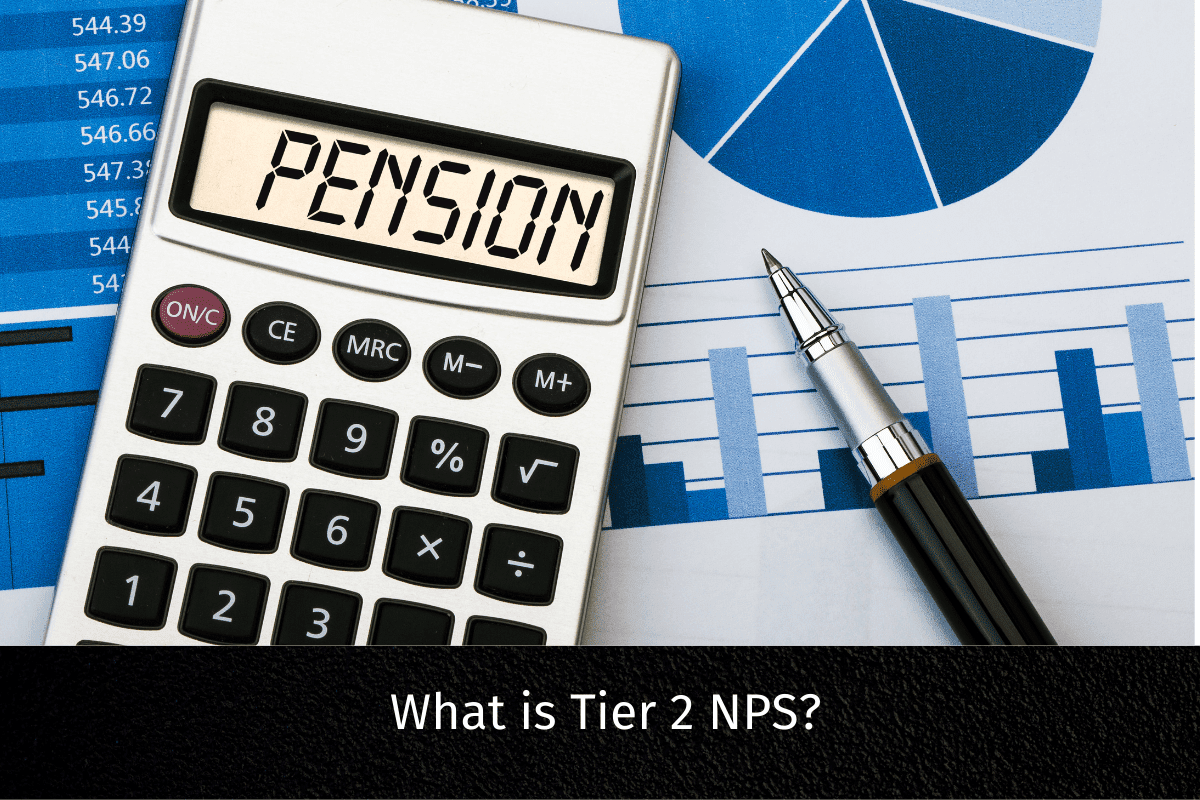Tier 2 NPS is a voluntary savings account that offers flexibility in withdrawals, unlike the Tier 1 account. It is an additional investment option for NPS subscribers who want liquidity while still benefiting from market-linked returns.
Features of Tier 2 NPS
- Voluntary Contribution: Unlike Tier 1, there is no mandatory contribution requirement.
- No Lock-in Period: Investors can withdraw funds anytime without restrictions.
- Taxation:
- No tax benefits under Section 80C (except for government employees who get tax benefits under Section 80C with a 3-year lock-in).
- Gains are taxed as per capital gains rules, similar to mutual funds.
- Low-cost Investment Option: Lower fund management fees compared to mutual funds.
- No Mandatory Annuity Purchase: Unlike Tier 1, investors are not required to convert a portion of the corpus into an annuity.
Investment Allocation in Tier 2
- Equity (E): Can invest up to 75% (growth potential but riskier).
- Corporate Bonds (C): Moderate risk and returns.
- Government Bonds (G): Low risk, stable returns.
- Alternative Assets (A): Limited exposure (less than 5%).
Who Should Invest in Tier 2 NPS?
- Investors looking for flexibility in withdrawals.
- Those seeking an alternative to mutual funds with lower fees.
- Individuals who want to supplement their retirement savings without restrictions.
Advantages of Tier 2 NPS
- High Liquidity: Withdraw anytime, unlike Tier 1.
- Lower Fund Management Charges: Cost-effective compared to mutual funds.
- Market-Linked Growth: Offers higher returns compared to fixed-income products.
Disadvantages of Tier 2 NPS
- No Tax Benefits: Except for government employees with a lock-in.
- Market Volatility: Returns are not fixed or guaranteed.
- Not an Ideal Retirement Corpus: As withdrawals are flexible, disciplined retirement savings may be difficult.
Conclusion
Tier 2 NPS is an excellent flexible investment option for those who want market-linked returns with liquidity. However, it does not offer tax benefits like Tier 1, making it more suitable for those looking for a low-cost alternative to mutual funds rather than a dedicated retirement savings tool.








